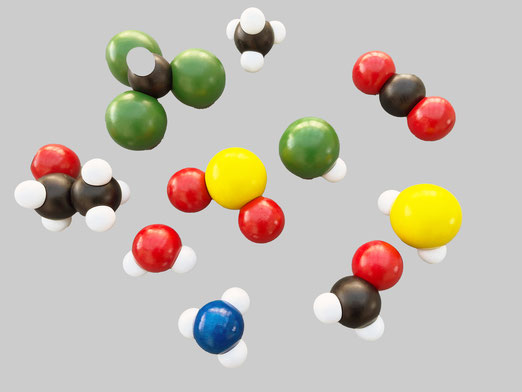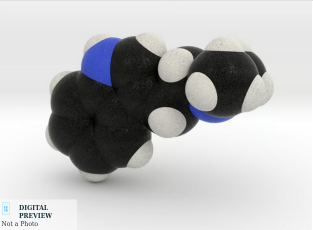In the 1980s when software for drawing 2D chemical structures was in its infancy and most chemists didn't have access to the workstations that could convert 2D to 3D structures, many labs had physical molecular modelling kits that could be used to build 3D space filling models of molecules.
Stick and ball kits were common then and are still common, but the 3D CPK kits seem to have disappeared as soon as most desktop chemical drawing software was able to reproduce pictures of space-filling models.
For those too young to remember this era, most 2D and 3D drawings were done by hand (a tedious task even for 2D structures that used physical templates so your benzene hexagons were not distorted).
But despite the ease of getting high quality 2D or 3D pictures of molecules directly from desktop software, there was something fulfilling about having a physical 3D model you could hold in your hand.
Is there any current source of those 3D CPK kits? Or, is there any accessible way to produce their equivalent physical models by, for example, 3D printing the models generated by desktop software?
PS this almost deserves a "nostalgia" tag.









